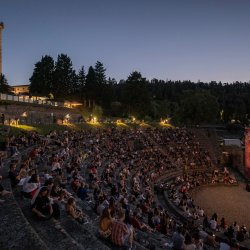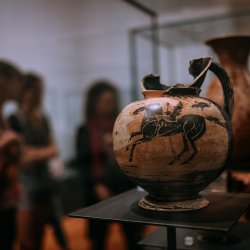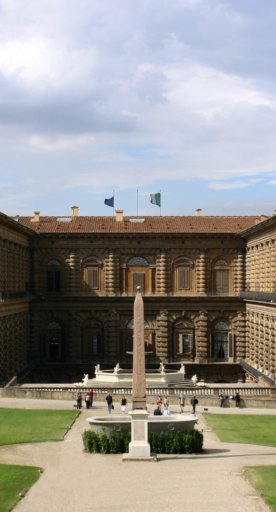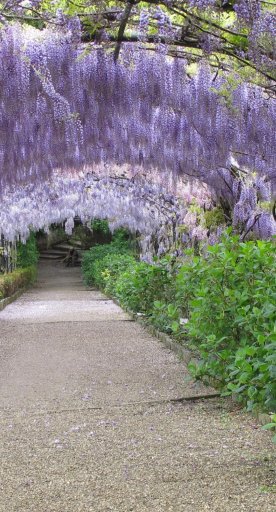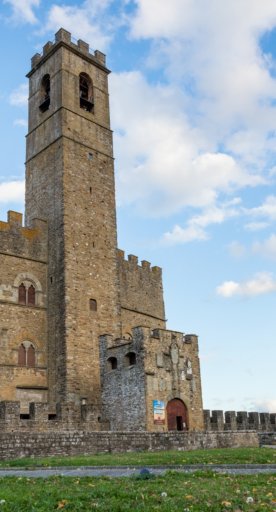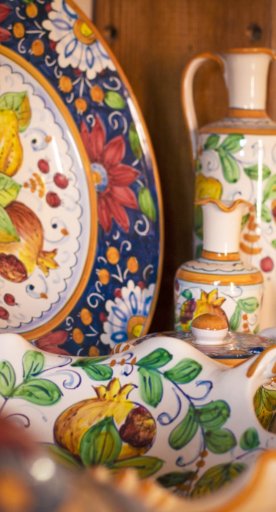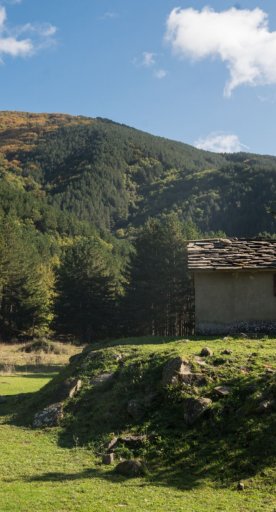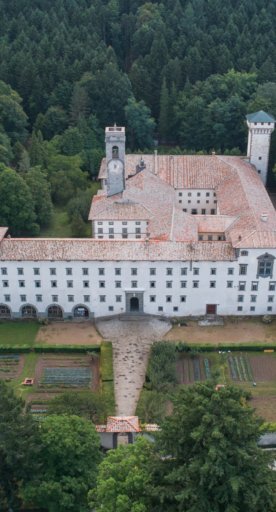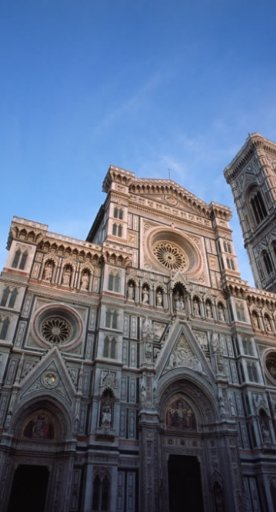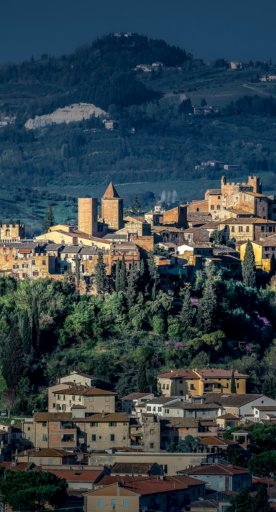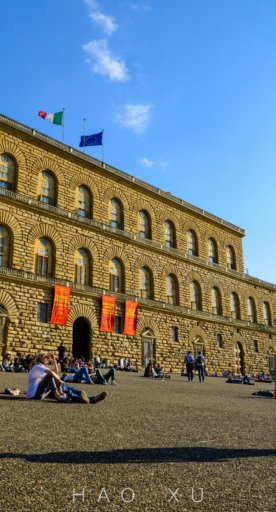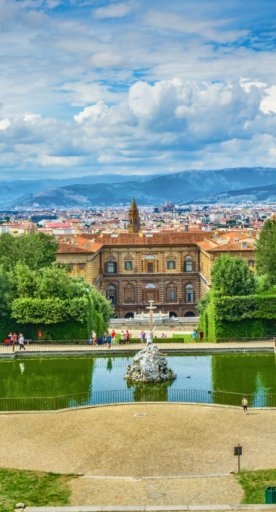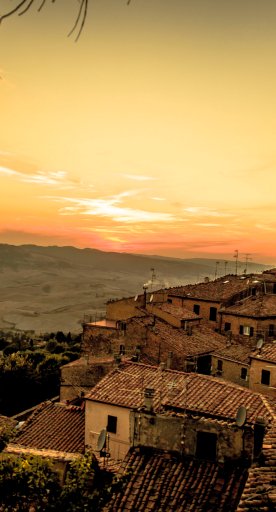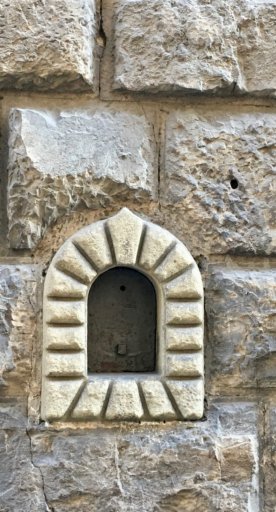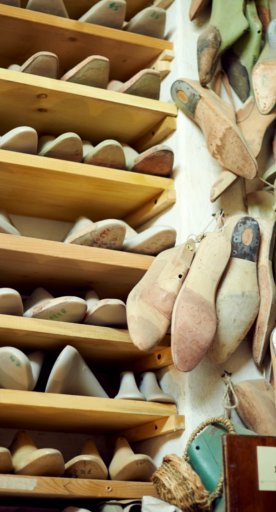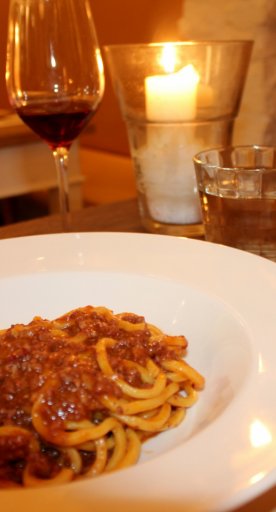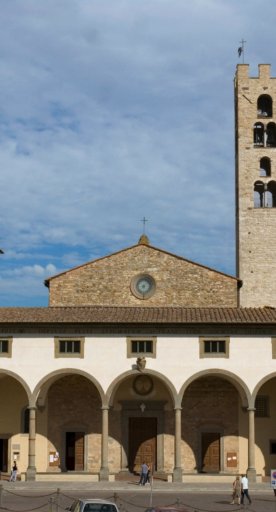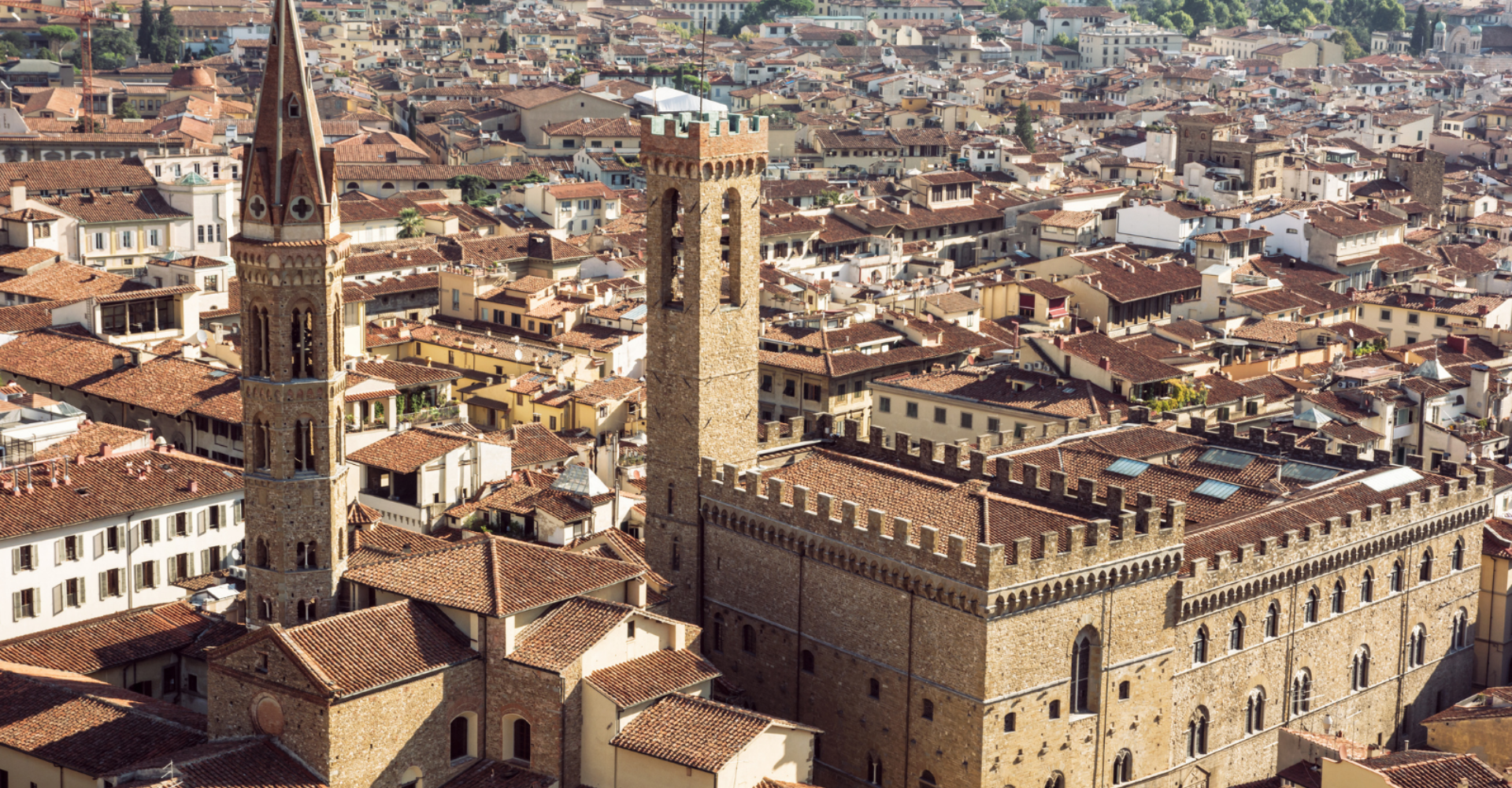

LGBTQ+ art at the Bargello Museum
A look at the Renaissance through a queer lens, with androgynous sculptures and anecdotes
The Bargello National Museum is the most important Renaissance sculpture museum in the world. Inside, you can admire works of immense historical and artistic value.
This article is written in collaboration with Francesco, a tour guide from Queer Tuscany Tour, who will give ideas for your next visit to the Bargello Museum, and an LGBTQ+ reading of some of the important masterpieces of this still little visited place.
-
1.Donatello's David
-
2.Michelangelo's Drunken Bacchus
Donatello's David
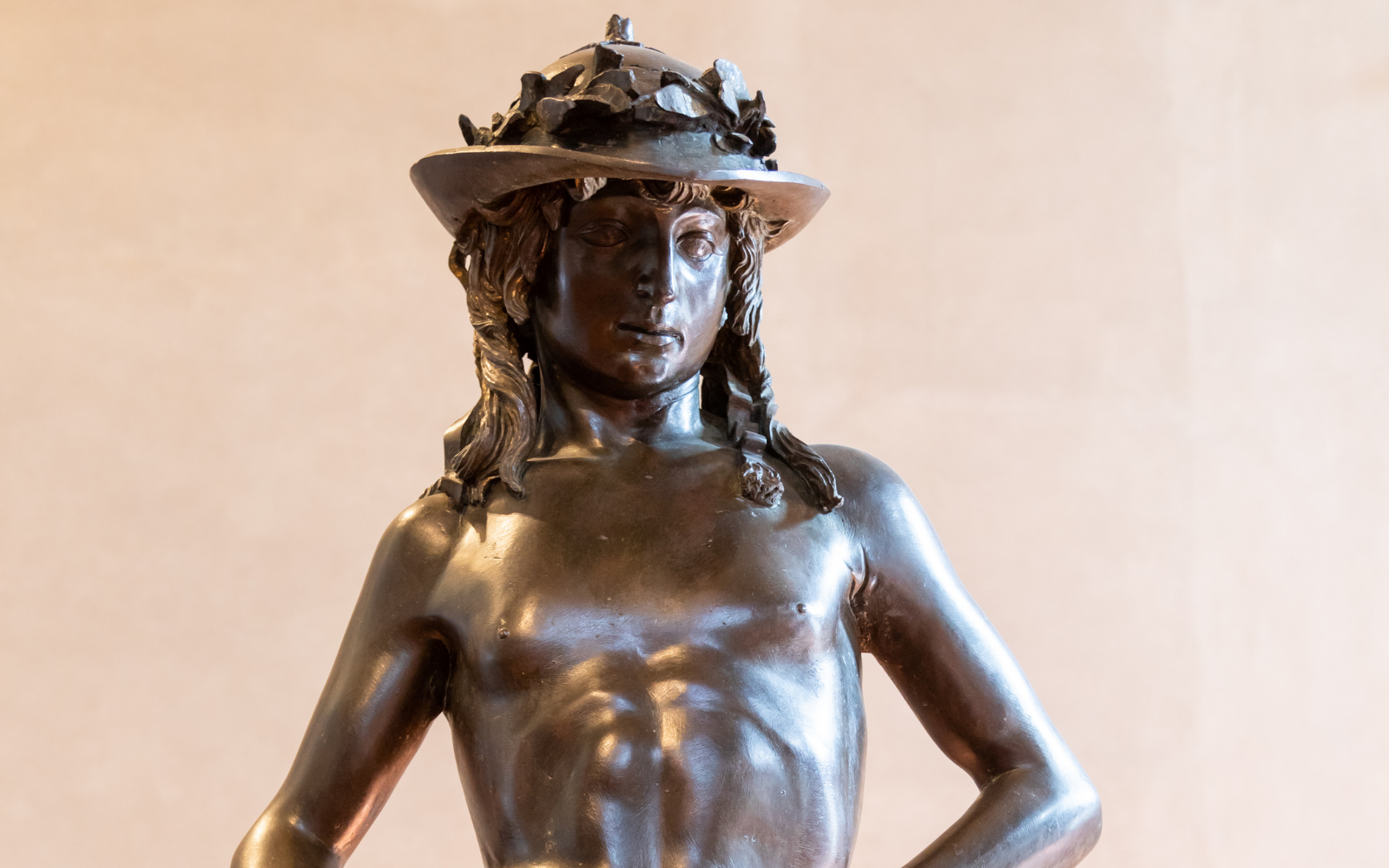
The famous David by Donatello is a highlight among the queer masterpieces of the museum. It was created by the Florentine sculptor in 1440 and represents a young David in a feminine pose, resting after the killing of the giant Goliath who is seen as beheaded and positioned between his legs.
The work is the first entirely male nude of the Renaissance and represents an androgynous boy in a suggestive and sensual form. If we observe the sculpture from behind, we cannot ascertain whether it's a man or a woman, appearing rather as non-binary.
David seems to be a tribute to the homosexual culture of the Florentine Renaissance and, undoubtedly, the context in which it was executed greatly influenced its reception and his artistic fortune. In those years, Florence was considered the cradle of the "sodomitic vice", so much so that Dominican and Franciscan preachers hurled attacks from their pulpits against what was considered both a crime and a sin. However, despite their disapproval, numerous Florentine workshop masters took inspiration from beautiful and ephebic young people, who they often used as models.
According to some sources, Donatello himself was a lover of male beauty, to the point that he chose boys for his workshop based on their physical appearance rather than skills, and to make sure that no one took them away from him, he painted fake sores and buboes on their bodies.
Michelangelo's Drunken Bacchus
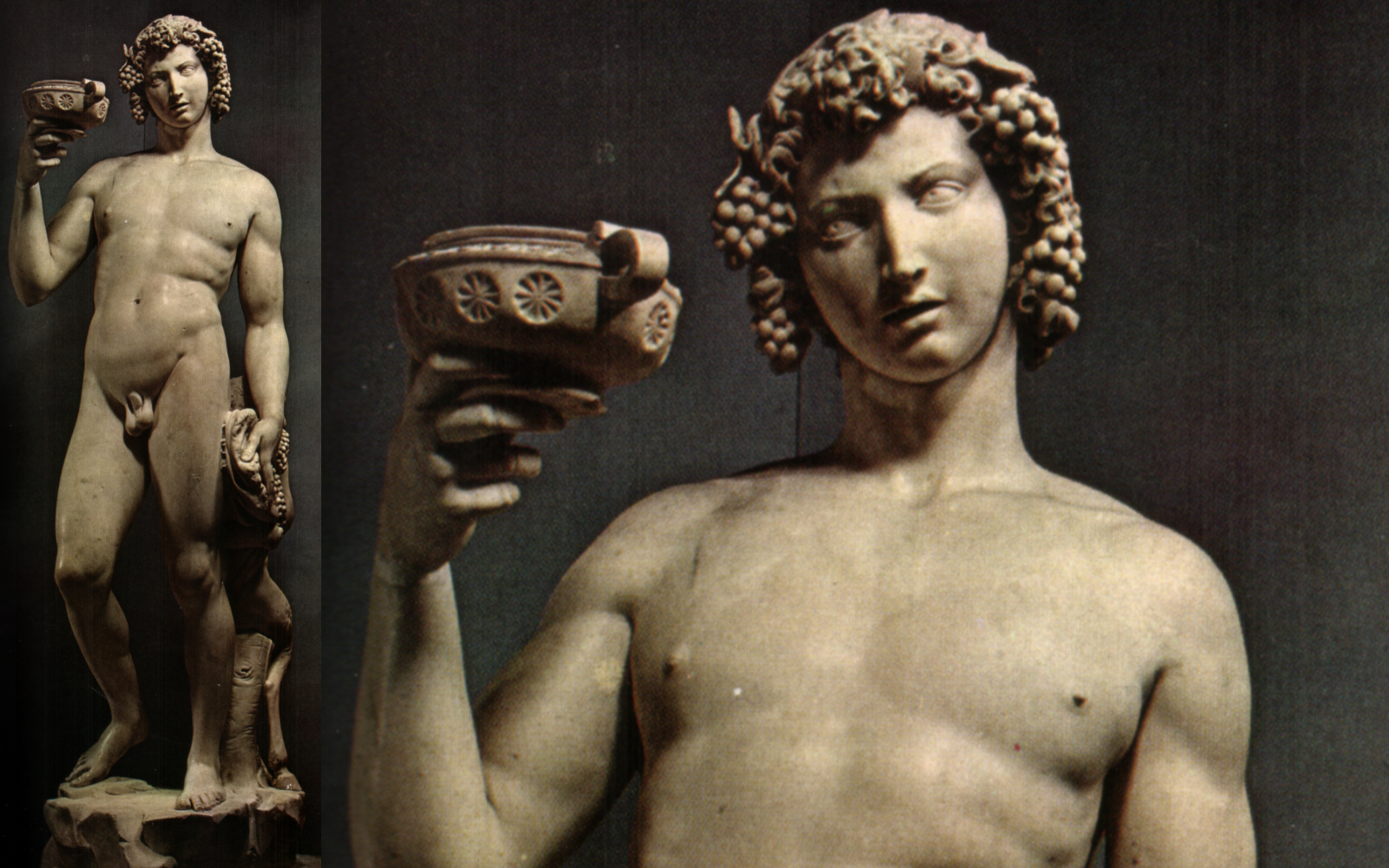
Michelangelo is one of the Renaissance sculptors who most reflected on the concept of gender identity. His virile women and androgynous males seem to oscillate between the two genders, creating figures that are halfway between male and female.
Il Bacco Ebbro (Drunken Bacchus) is the perfect synthesis of this aesthetic. Created in 1496-97 and considered one of the most significant sculptures by the Florentine artist, the work was commissioned by Cardinal Raffaele Riario who was unhappy with the work and gave it to the Roman banker, Jacopo Galli.
Michelangelo depicts the god of intoxication and wildness in precarious balance, as if he were about to fall at any moment as he holds a chalice of ambrosia and a playful faun eats grapes while leaning on his leg. Michelangelo gives the god the appearance of a beardless and delicate teenager, with tapered limbs and a body with barely pronounced musculature. His hybrid nature seems to be increased by the staggering and unsteady position, seeming to suggest an equally undefinable gender.
Michelangelo himself, as he writes in the Rime, feels tormented and "suspended" between two opposing forces: the attraction towards his own sex and the awareness of the torment that generates this desire. We talked about Michelangelo's tormented love in our article dedicated to impossible loves.








